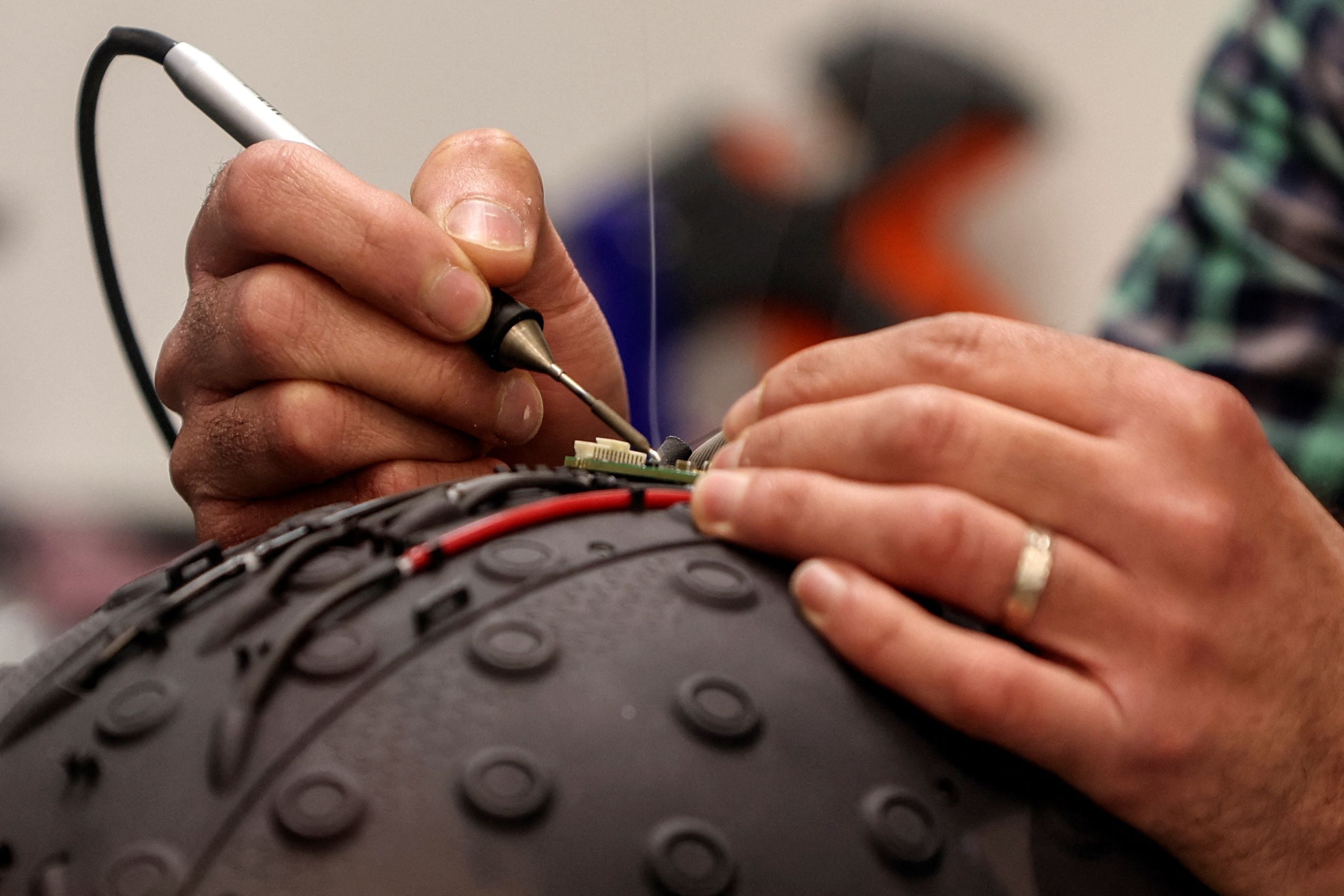
Brain.Space, an Israeli startup that has been studying and analyzing data on brain activity for four years, will test next week, a special case enabled for an electroencephalogram. The test will be conducted with astronauts during a flight of the SpaceX shuttle to the International Space Station (ISS).
This is a 10-day mission, which will depart next April 3rd with four astronauts on board. “We know that the microgravity environment affects the body's physiological indicators. So it will probably impact the brain and we would like to monitor that,” Brain.Space CEO Yair Levy told Reuters.
Data have been collected on heart rate, skin resistance, muscle mass and others in space, but not yet on brain activity, according to the director.
This is one of the 30 experiments that are part of the so-called Rakia Mission to the ISS. Other projects that are part of the initiative include super-fast charging batteries, neurofeedback, flexible solar panels, duckweed cultivation systems and eye-tracking technology to combat microgravity-induced disease.
All these investigations are carried out at the International Space Station as part of the Ramon Foundation and the Rakia Mission of the Israeli Ministry of Science and Technology.

In the case of the aforementioned startup, three of the four astronauts, including the Israeli Eytan Stibbe, will wear the helmet, which has 460 airbrushes that connect to the scalp, and will perform a series of tasks for 20 minutes a day. During that time, the data will be uploaded to a laptop on the space station.
Similar studies using these tasks have been completed on Earth, and after the mission, the company will compare EEG data to see differences in brain activity between Earth and space.
It was stressed that such experiments are necessary since long-term space exploration and “life outside the world are at hand”.

Brain.Space, which also said it raised $8.5 million in a seed funding round, is described as a brain infrastructure company and is working with the cognitive and brain sciences department at Israel's Ben Gurion University to transform terabytes of data into usable information.
Levy said he hoped that the space mission would be a springboard for other institutions, researchers and software developers to use his brain data platform.
“Space is an accelerator. The idea is to revolutionize and enable brain activity applications, products and services that are as easy as extracting data from an Apple Watch,” said Levy.

There are several technological solutions that are based on analyzing the behavior of brain activity to optimize different tasks and even for the assistance of people with difficulties. This is the case of BrainGate, a device that a few months ago was implanted in the brain of a 64-year-old man paralyzed since 2007, and managed to translate into text their thoughts with 94% accuracy.
Technology consists of a neural implant that seeks to transform the way people with disabilities can communicate after having lost movement or speech abilities.
The gadget uses a “brain-computer interface (BCI) that uses artificial intelligence (AI) to interpret signals of neural activity generated during handwriting,” as described by Francis Willett, Donald Avansino, Leigh Hochberg, Jaimie Henderson and Krishna Shenoy, who are some of the researchers involved in the study, and who have published partial results of it in May 2021 in the journal Nature, in the article entitled “High-performance brain-to-text communication via handwriting”.
(With information from Reuters)
KEEP READING:
Últimas Noticias
Debanhi Escobar: they secured the motel where she was found lifeless in a cistern
Members of the Specialized Prosecutor's Office in Nuevo León secured the Nueva Castilla Motel as part of the investigations into the case

The oldest person in the world died at the age of 119
Kane Tanaka lived in Japan. She was born six months earlier than George Orwell, the same year that the Wright brothers first flew, and Marie Curie became the first woman to win a Nobel Prize

Macabre find in CDMX: they left a body bagged and tied in a taxi
The body was left in the back seats of the car. It was covered with black bags and tied with industrial tape
The eagles of America will face Manchester City in a duel of legends. Here are the details
The top Mexican football champion will play a match with Pep Guardiola's squad in the Lone Star Cup

Why is it good to bring dogs out to know the world when they are puppies
A so-called protection against the spread of diseases threatens the integral development of dogs




